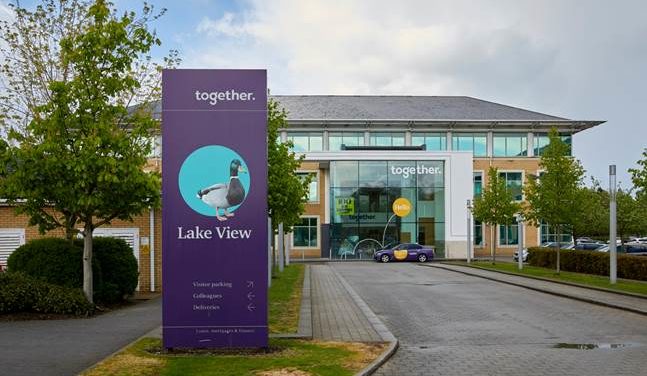Bridging lending returns to 2018 levels
By Bridging Loan Directory

Bridging Trends contributors reported a total of £190.24m in bridging loans transacted in the third quarter of the year, a significant jump from the £146.52m the previous quarter and an annual percentage increase of 65 per cent (£115.52m).
This surge is attributed to strong housing market activity ahead of the tapering of the stamp duty holiday and is the highest volume seen since Q4 2018’s, £201.57m.
Bridging Trends combines bridging loan completions from several specialist finance packagers operating within the UK bridging market: Adapt Finance, Brightstar Financial, Capital B, Clever Lending, Complete FS, Enness Global, Finanta, Impact Specialist Finance, LDNfinance, Optimum Commercial, Sirius Group, and UK Property Finance.
For the second consecutive quarter the purchase of an investment property was the most popular use for a bridging loan, at 28 per cent of total contributor transactions – up from 24 per cent in Q2.
A traditional chain break was the second most popular use at 13 per cent, a drop from 20 per cent in Q2. Meanwhile, demand for auction finance surged from 4 per cent in Q2 to 11 per cent in Q3.
First charge bridging loan transactions remained unchanged from the previous quarter, accounting for 90 per cent of total market volume in Q3.
Whilst regulated bridging loans transacted by contributors decreased market share for the fifth consecutive quarter – falling to 37.7 per cent, from 41.6 per cent in Q2.
The average loan-to-value (LTV) in Q3 jumped to 60.2 per cent, up from 54.9 per cent LTV in Q2 – this is the highest average LTV ever recorded since Bridging Trends launched in 2015.
This illustrates that borrowers are maximising liquidity opportunities and taking advantage of low rates to leverage more than before.
Demand for higher LTV products was also a sentiment reflected in data provided by Knowledge Bank, which reported the top criteria search made by bridging finance brokers on their system in Q3 was “maximum LTV”.
The average monthly bridging loan interest rate in Q3 2021 was 0.72 per cent, down from 0.79 per cent in Q2, highlighting the large levels of liquidity in a continually competitive space.
The average term of a bridging loan in Q3 fell from 12 months to 11. Bridging loan processing times returned to Q1’s record high of 53 days, up from 47 days in the previous quarter.
Stephen Burns, co-founder of Adapt Finance comments:
“The most exciting part to read is “returns to” when referring to activity levels. It shows the industry was affected by the disruption the Coronavirus pandemic put the country through, but more so, how it has pulled back quickly, and we are now firing on all cylinders!”
Dale Jannels, MD of impact Specialist Finance comments:
“These figures show that bridging finance is now a better understood product for many brokers and they have much more confidence in recommending this solution to their customers.
The Stamp Duty holiday has helped bridging finance to be more widely accepted by the mainstream industry as a need to meet speed demands, but investors with the intention to renovate have also been at the forefront of recent requests.”
Chris Whitney, Head of Specialist Lending at Enness Global comments:
“Bridging Trends is a great concept and is fantastic at letting the industry know where the key indicators are heading and over the years, we have seen how micro and macro factors (i.e., Brexit etc) have impacted upon us.
However, with the news that contributor gross bridging loans are over £190m it makes me wonder how big this market really is in its entirety.
LTVs are up with borrowers possibly taking advantage of increasingly cheaper money in the light of reports that mortgage rates in general are heading upwards imminently.
However, with continuing competition and even more new entrants in the short-term lending space, it will be interesting to see how that pans out with so many lenders looking to increase market share in a seemingly very liquid environment.
However, at 60% LTV I think we are still seeing prudent levels of borrowing by people and responsible lending from the funders.
I was not surprised to see processing times up. With increased volumes I think we have seen things take longer, with many lenders struggling to recruit good underwriters and valuers stretched to the limit.
With the highest use of funds being for investment purchase I think it really shows how much confidence people have in UK real estate.”
Chris Oatway, director of LDNfinance comments:
“It surprises me that the average LTV is at record high levels at just 60%. In general, we have seen considerable demand for higher leverage deals at 70% to 75% LTV, where clients keep as much equity in their back pockets for future investments.
Regulated transactions accounting for over a third of the market stands out when you consider the limited number of bridging lenders who are able to transact regulated business and shows there’s opportunity there for more lenders to enter this market.”











You must be logged in to post a comment.